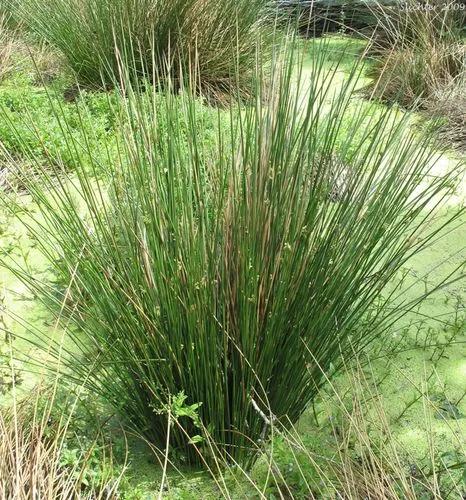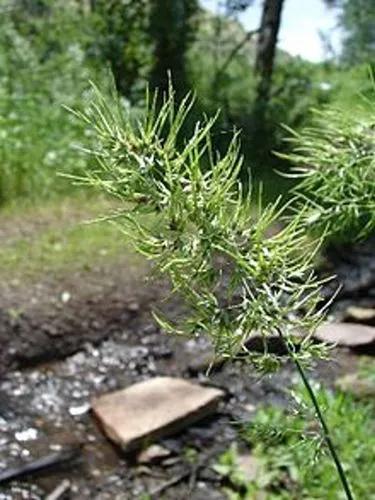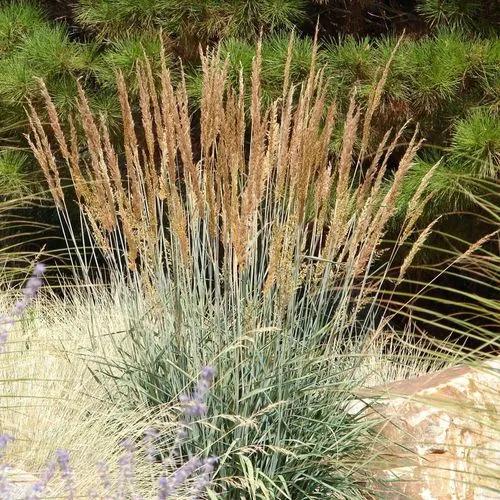Axonopus compressus is a robust, stoloniferous grass with flowering stems that can be up to 45cm tall. The leaves, however,generally form a dense mat that seldom reaches a height of more than 15cm.The plant is sometimes harvested from the wild for local medicinal use. It forms a dense mat of growth and responds well to cutting. It is often used as a lawn, makes a good ground cover under tree crops and can be used to stabilize the soil.
Dorrington Grass Care
Axonopus Compressus



How to Care for the Plant

Water

The lawn grass needs an annual rainfall of 3′ to 13′ feet for its survival. It doesn’t live in drought-stricken areas or areas receiving less annual rainfall.

Fertilizer

Fertilizers low on nitrogen should be applied to axonopus.These chemical substances help extend the growth of the grass leaves.

Sunlight

Grows best in a sunny position, but is able to tolerate considerable shade

Soil

The perennial grass enjoys well-drenched or moderately drained soils with low fertility.Axonopus prefers a 5.5 – 6 pH level for its healthy growth.

Temperature

It requires sandy soils and annual temperatures from 66° – 80° degrees Fahrenheit (19° – 27° C) to grow happy and healthy in summers.

Popularity

4,376 people already have this plant 76 people have added this plant to their wishlists
Discover more plants with the list below
Popular articles






